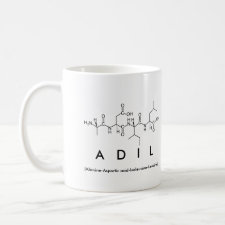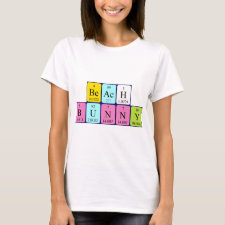
Authors: Baydemir G, Andaš M, Bereli N, Say R, Denizli A
Article Title: Selective Removal of Bilirubin from Human Plasma with Bilirubin-Imprinted Particles.
Publication date: 2007
Journal: Industrial & Engineering Chemistry Research
Volume: 46
Issue: (9)
Page numbers: 2843-2852.
DOI: 10.1021/ie0611249
Abstract: Abstract: The objective of this study is to prepare bilirubin-imprinted polymeric particles for the selective removal of bilirubin from hyperbilirubinemic human plasma. N-methacryloyl-(L)-tyrosine methylester (MAT) was chosen as the complexing monomer. In the first step, functional monomer MAT was synthesized by the reaction of L-tyrosine methylester and methacryloyl chloride and characterized by nuclear magnetic resonance (NMR). Bilirubin then was complexed with MAT and the bilirubin-imprinted poly(2-hydroxyethyl methacrylate-N-methacryloyl-(L)-tyrosine methylester) [MIP] was produced by bulk polymerization. The template molecules (i.e., bilirubin) then were removed using sodium carbonate and sodium hydroxide. MIP particles were characterized by elemental analysis, water uptake tests, Fourier transform infrared (FTIR) spectroscopy, and scanning electron microscopy (SEM). Bilirubin adsorption experiments from human plasma were performed in a batch experimental setup. Cholesterol and testosterone were used as competing molecules in selectivity tests. Obtained results were as follows: the water uptake ratio of MIP and non-imprinted (NIP) particles were 64.7% and 51.3%, respectively, in water. According to the elemental analysis results, the incorporation of MAT was 69.0 μmol/g for MIP particles. SEM micrographs showed the surface roughness and porosity. The specific surface area of the MIP particles was determined to be 27.8 m2/g. The pore diameter of the MIP particles varied over a range of 20-245 ┼ and the average pore diameter was 25.0 ┼. Template molecules (i.e., bilirubin) were removed from the polymer structure in the ratio of 87% of the initial concentration. Bilirubin adsorption increased as the bilirubin concentration increased, up to 0.8 mg/mL. The maximum bilirubin adsorption capacity was 3.4 mg/g of the dry weight of particles. MIP particles were 6.3 and 3.0 times more selective, with respect to the cholesterol and testosterone, respectively. Reusability of the MIP particles was also investigated. MIP particles showed a negligible loss in the bilirubin adsorption capacity after five adsorption-desorption cycles with the same adsorbent
Template and target information: bilirubin



Join the Society for Molecular Imprinting

New items RSS feed
Sign-up for e-mail updates:
Choose between receiving an occasional newsletter or more frequent e-mail alerts.
Click here to go to the sign-up page.
Is your name elemental or peptidic? Enter your name and find out by clicking either of the buttons below!
Other products you may like:
 MIPdatabase
MIPdatabase









